Is breakfast the most important meal of the day? Or is intermittent fasting healthier? Are we supposed to eat three meals and three snacks? Or is snacking at all wrecking your nutrition goals?
Holy bananas Batman – which idea is correct?
With so many conflicting messages about eating routines, it is completely understandable to be tearing your hair out and wondering how often you should eat in a day.
Good news: as an Intuitive Eating registered dietitian, I’m here serving up science and gentle nutrition so that you can (finally!) learn to fuel your body in a way that feels good. When you get it right, Intuitive Eating feels good physically and mentally and you have stable, lasting energy.
In this blog post, I’ll walk you through how to do just that, including my guidelines on how you might choose to space out your meals and snacks, an easy-to-understand explanation of why I recommend that as well as practical tips on how to incorporate a predictable eating pattern into you daily life…which might not be so predictable!
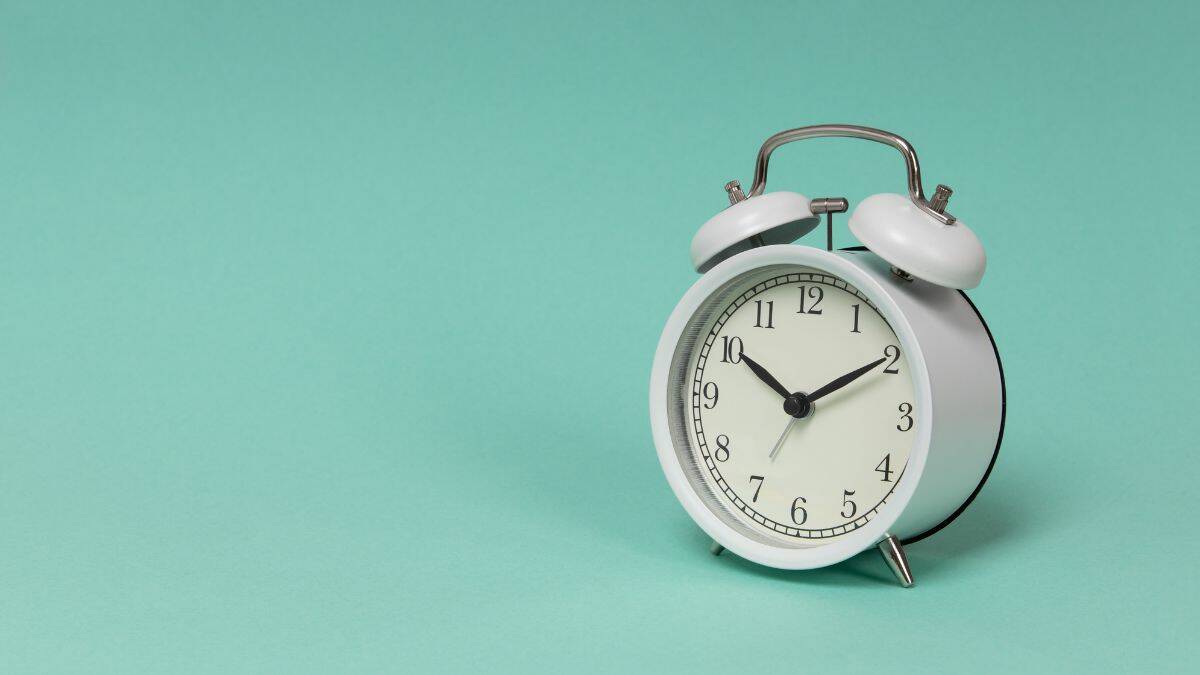
Aim to eat every 3-6 hours
First things first: I recommend that you eat every 3 to 6 hours maximum throughout the day, for the most part.
My goal for you is to have the right amount of fuel in your body’s preferred kind of fuel so that you feel energized and focused throughout the day. The scientific reason for this “eating window” of every 3 to 6 hours means that you never run too low in carbohydrates.
Your brain, muscles, and even red blood cells prefer carbohydrates for fuel.
When we eat, our body breaks down the carbohydrates from our meal and it is transported around in our blood; cells in need of fuel take in carbs, the rest is stored.
Our liver is our main holding tank to store carbohydrates (the other place is in our muscles, more on that in a bit).
Our liver can store ~100g of glycogen and can drip out carbs into the bloodstream to refuel the rest of the body as needed between meals and snacks. The amount your liver can hold will last no more than 3-6 hours.
After that our bodies CAN get fuel from our skeletal muscle stores, as they do store 500g of glycogen there, but they can’t release that fuel to share with other hungry tissue in your body; that packed snack is not being shared!
Even more complicated? Even though there are stored carbs locally in the muscle tissue, our muscles aren’t able to use that fuel as easily. Why? It is mainly there as an energy source to power exercise, not when your body is casually at rest. Remember how we chatted about our body’s preferred sources of energy? This ain’t it.
So, after that 100g of readily available carbohydrate stores is up? We gotta replenish!
What about protein and fats?
Protein can provide us with energy – 4 calories per gram, just like carbs – but our bodies prefer to use protein to build things. We build new skin cells, new red blood cells, hormones, and even muscle cells every single day. While our body is capable of transforming protein into energy, it isn’t ideal.
Fats are useful for energy (as well as for building blocks, such as making hormones), but I like to think of fats as the big logs on a campfire. They provide slow and steady energy and pair best with carbs, which are more like the twigs and sticks in the campfire.
Sometimes – well, a lot of the time – carbs have a bad rap. And when we crave carbs, we might feel guilty or overwhelmed. Here is an explanation of why carbs are necessary and why you might be craving ‘em: Not The Enemy: Understanding Carb Cravings.
Our body prefers – dare I say strongly prefers – to use carbs for energy. The buddy system of carbs and fats together helps to keep you as a happy camper (see what I did there?).
What if we don’t eat that often?
If we wait a long time to eat, our bodies might be able to cope for a bit. Your metabolism might slow down, and you might feel more lethargic (you may also feel cranky and have a hard time focusing). The glycogen from the muscles can be used for those muscles (it’s not distributed throughout the whole body) and the energy that our overall body gets will switch from carbohydrate stores to fat stores, but it’s much less preferred by the body for it to function optimally.
And then when mealtime does arrive, so does your hunger. And watch out: she’s comin’ in hot.
When you wait a loooong time between eating, your hunger has gotten too great and your body is anxious and desperate for fuel. When you let yourself get that hungry, you might feel really out of control when you eat. And girlfriend, that doesn’t feel good.
Not only do you feel like you’re not in the driver’s seat, but it is also really likely that you’ll overeat. When big hunger is at the wheel, you’re probably going to eat so much that you feel pretty gross afterward. It isn’t your fault, and you don’t need to feel guilty – this is your biology at play. But, you can take the opportunity to reflect and see if this eating pattern is serving your best day. And the answer is probably going to be a hard no.
So what can you do instead? Learn to eat a bit more regularly with balanced meals and snacks.

But…what if I don’t feel hungry?
I wish that eating could be as simple as “eat when you’re hungry and stop when you’re full” but for so many of us, our experiences couldn’t be further from that.
Why? We’ve been dieting. For years and years and years.
When you’re following a restrictive diet plan, your body might stop bothering to send you those cues to eat. Why should she bother if she keeps getting ignored? I get it, but when you don’t have that relationship of trust with your body and eating, it takes some rebuilding to heal.
We can also hijack our hunger cues if we’re anxious, leading really busy hectic lives, or even can have changes in our hunger cues due to medications (think: ADHD meds, for example). I explain this in detail in a recent podcast episode. You can add this one to your cue here: Why you lost your hunger cues (and how to get ‘em back).
If you think you might struggle with remembering to eat every 3-6 hours, such as if your body isn’t giving you hunger cues to follow right now, you’re overscheduled, or you’re just not used to it you can try setting a reminder on your phone to check in. This is a chance to offer your body some food, but it isn’t a rule that you HAVE to eat. This phone alert isn’t meant to force you to eat, rather it is an opportunity to pause, check in, and see what your body needs. Over time, as you do this, you may likely notice your natural hunger cues strengthen as they “wake up” from the consistent energy!”
Whelp: what if I’m hungry MORE often?
If you’re feeling hungry more often than 3-6 hours, that’s totally okay, too!
As you unlearn all of those less-than-delightful dieting rules, you might feel hungry more often than every 3-6 hours. That can be absolutely normal here and the 3-6 hours time frame is not set in stone – it’s a general MAXIMUM. If you’ve been restricting your intake because of a diet and a weight loss goal, your body gets to decide how it’s going to play “catch up” on its own terms, not yours.
Don’t judge yourself.
Allow yourself to eat.
I know that this can feel unsettling…even frustrating. But take comfort in knowing that this hungry-like-the-wolf feeling is a phase and won’t last forever.
Once your body gets back to a state of being adequately nourished she won’t need to give you those hunger cues as often, especially those strong ones that can feel a bit overwhelming. If you’re feeling this, please know that this is a common experience in the initial phases of all of this; we talk about it a lot in the SociEATy.
If you’re wondering how to even KNOW if you’re actually hungry we will get to that in a second.
What if I’m NOT hungry every 3-6 hours?
What is really common with dieters is to not have hunger cues. Or, to have hunger cues that you don’t actually recognize as cues.
We often assume that hunger just pops up as a rumbling in the belly. No rumble – no hunger.
Turns out our body has far more ways to try to get our attention to let us know that it is time to refuel.
Hunger might manifest itself as:
- A dip in energy
- You turning into a crank pants (helllooooo hangry!)
- Having a hard time focusing
- A headache
If you’d like to learn a bit more about the different ways your body can work to grab your attention about fuel, check out this post: Signs of Hunger: Your Body Wants Your Attention.
One of the biggest mistakes people make is to just think they can just follow their hunger cues, easy breezy, after dieting for a long time. Ain’t happening. The reality is we need first to get them back so we have something to follow! For now, we are going to focus on nourishing our bodies, refueling them after dieting with what they need so that they can start talking to us again.
If you’re not feeling connected with your hunger cues on a regular basis – hang in there. We can use something called “practical hunger” to help get them back.

What is practical hunger?
As you just got to learn, you might not feel hungry because you don’t have strong hunger cues.
We actually use practical hunger to get strong hunger cues back. Your body is all wonky after dieting. To help it reset, we have to make sure it’s getting enough food consistently.
Practical hunger is all about using your brain to help make practical decisions about eating. Intuitive Eating is all about connecting with your body…sometimes folks forget that your brain is also part of your body!
Practical hunger might sound like this in your brain:
“I’m totally NOT hungry for breakfast. But, I know my body could use some energy, it’s been a few hours since I woke up. Let me grab something easy to give it some fuel to keep me going. This will also prevent me from getting too ravenous at lunchtime” You’re literally being practical. This can be seen as eating for self-care too. You deserve to have nourishment at regular intervals so that your brain and body feel good.
For a closer look at practical hunger and strategies to implement it, check out this blog post: Practical Hunger: What It Is & How To Use It.
Practical hunger helps to prevent the urge to skip meals.
What if I skip meals?
Let’s review what our body prefers to use for energy: carbs!
After a few hours, the carbs we have available to fuel our body, especially our brain, are gone.
But our brain still has work to do…so what happens?
Our metabolism slows down. Why? Because our body is trying to protect itself in a time of fuel scarcity.
We might look for other sources of backup fuel. This can include burning fat but also breaking down muscle.
If that sounds like a cool idea: let’s dig a little deeper.
One of the latest eating trends is about fasting: shortening your allowed “window” in which you can eat. There are different versions of this main idea, but basically, it is a way to restrict calories over the course of the whole day. Many folks follow a fasting program because they’re trying to lose weight.
There are other reported benefits of fasting, but at this point, the research to back these claims up is limited.
And the risks, especially for someone with disordered eating patterns, are very real.
In short: I don’t recommend fasting.
For the full scoop, including the research review, check out this post: Intermittent Fasting: Do The Benefits Outweigh The Risk?
I recommend eating in a way that feels good, is flexible, and doesn’t make you feel like an outcast when you’re spending time (and eating!) with friends and family. Let’s explore what that looks like.
Eating is flexible
I do want to offer one caveat here: eating every 3-6 hours is meant to be a flexible guideline, not a prescriptive diety rule to follow.
While using practical hunger might mean that you’re eating a bit when you’re not super hungry (at first) as a way to cultivate your hunger cues back, I don’t want you to feel like you need to stuff yourself in order to meet this guideline.
As you get in touch with your hunger and fullness cues and learn to fuel your body in a regular way, you’ll probably notice that what you need in a day varies. This is totally normal but can feel like a big surprise, especially if you’re used to following calorie or point guidelines to decide how much to eat.
Some days you’re more active than others. You might feel more hungry at a certain time of the month. This is all completely normal. But when you’re in tune and in trust with your body, you’re able to go with the flow instead of feeling out of control.

That’s a wrap
I know that it can feel so confusing (and downright demoralizing, TBH) when eating feels so complicated. Why does it seem so easy for everyone else?
Trying to navigate the conflicting messages that you get from social media, your healthcare providers, and even friends and family can feel really, really hard.
Even something that seems like it should be simple – like how often to eat in a day – can become a heated conversation when you’re chatting with Ms. Keto at the gym or Dr. Intermittent Fasting at your latest check-up.
What I want for you is ease. And flexibility. And to have real enjoyment with your food…not the anxiety, overwhelm, and shame that might be heavy on your shoulders right now.
To provide you with a flexible guide, I’ve created the One-Week Binge-Free meal plan. And friend, it is 100% free to download, right here.
1 Week Plan For Binge-Free Intuitive Eating
Can’t skip tips & a non-diet-y meal plan to get you on your way to intuitive eating—without the endless binges!
I’ve packed this guide with delicious, easy-to-make recipes and gentle nutrition so that you can feel satisfied, I mean REALLY satisfied because you’re eating meals and snacks that keep you fueled and tickle your tastebuds. I’ve already had 100s of women download it and find real relief from following this plan. I hope you’re next!
Download now: The One-Week Binge-Free Meal Plan.
XOXO
-Colleen

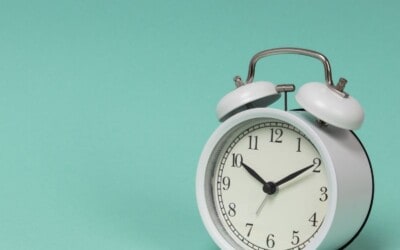
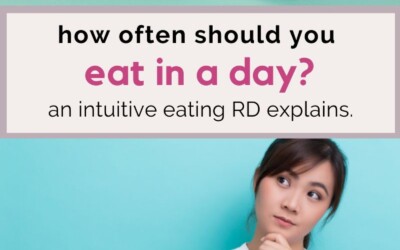

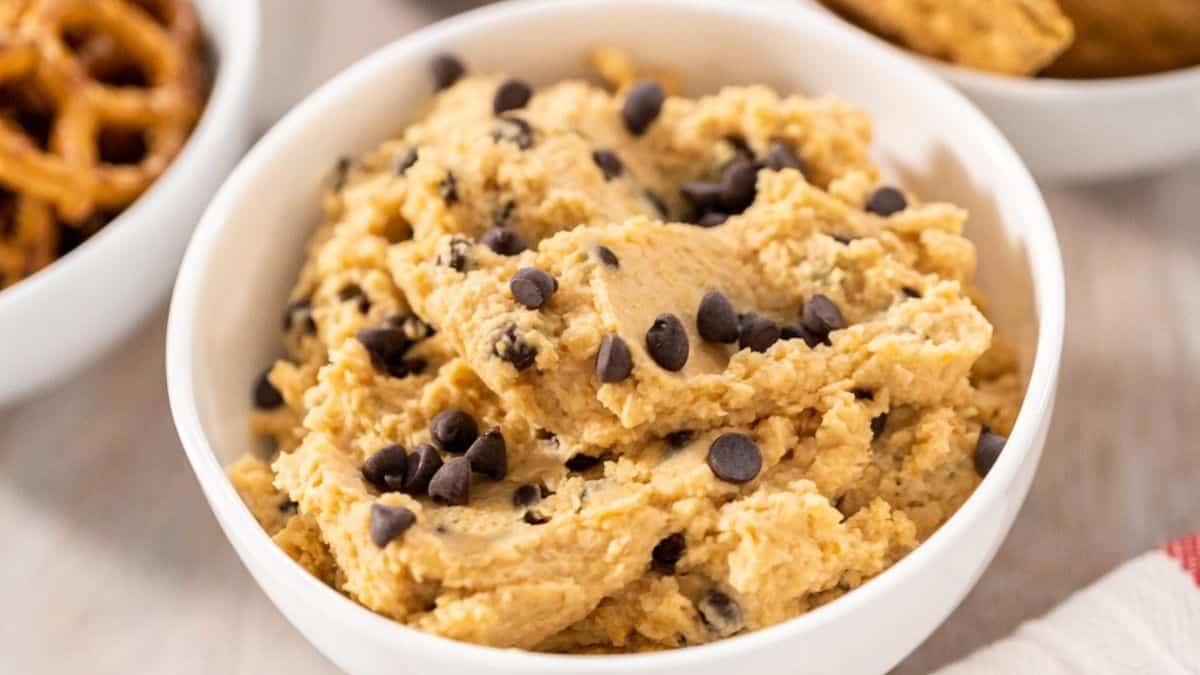
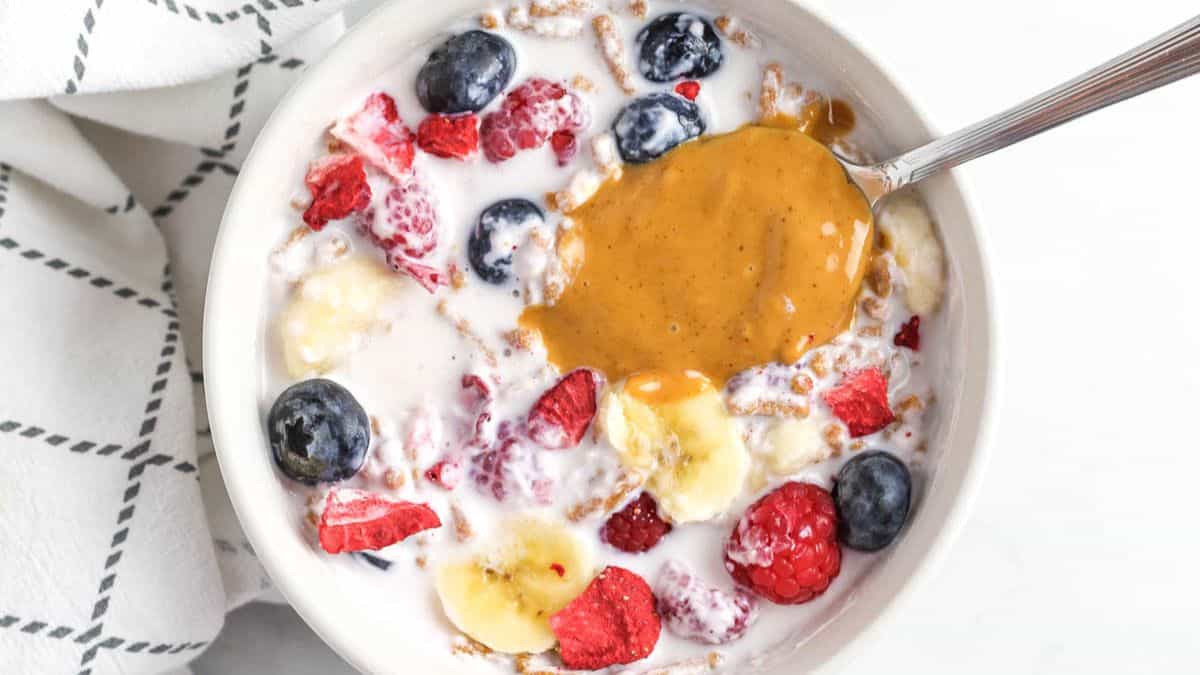

Leave a Reply